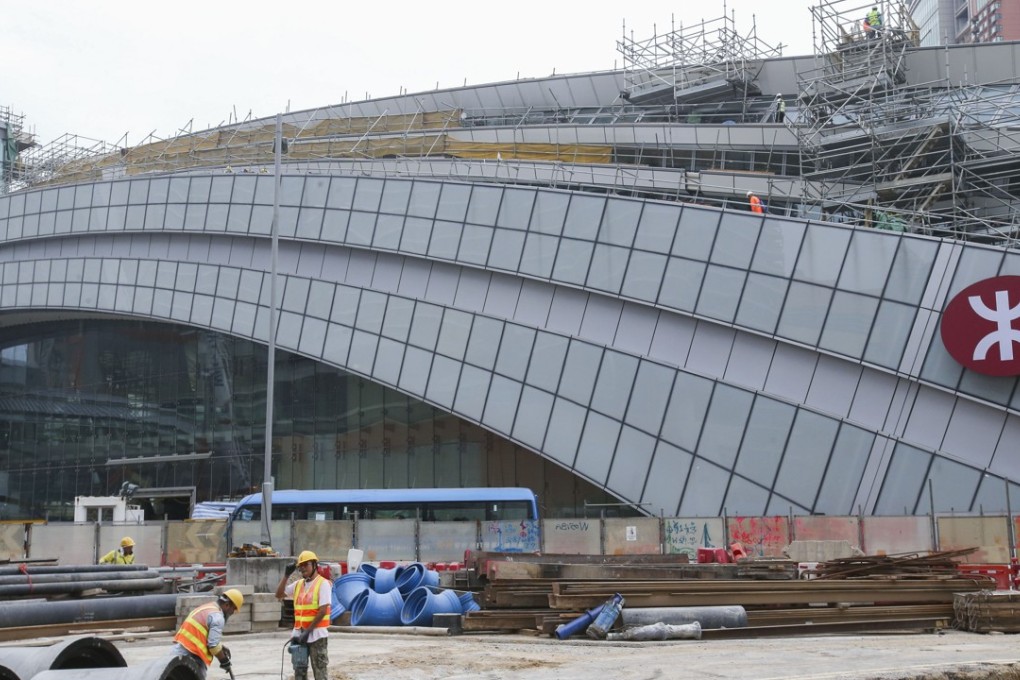My Take | Protesters face hitting the buffers at Hong Kong rail terminus
Under the joint checkpoint deal at West Kowloon, demonstrators in the mainland port area risk being arrested and paying the consequences

Our best legal minds can argue till kingdom come whether the joint checkpoint being planned for the high-speed rail terminus in West Kowloon is constitutional or not.
But it is a done deal. Even if the opposition wins back four seats in the March by-election, it still doesn’t have the number to veto it in the Legislative Council.
No doubt it will use all filibustering and delaying tactics available – much weakened, though, now that Legco house rules have been changed – to stall as long as it can. But it’s a losing battle.
The more interesting question is: what’s next?
Here, the stakes are high. Suppose the rail link meets deadline and opens in the third quarter next year. How will the Hong Kong government, mainland law enforcement at the terminus, and opposition groups react?
Until the so-called co-location arrangement was finalised and announced this summer, the government had long given the impression that mainland officers would not detain and arrest people by applying mainland laws.
